-
 Bitcoin
Bitcoin $81,899.5591
-5.17% -
 Ethereum
Ethereum $1,783.8667
-6.15% -
 Tether USDt
Tether USDt $0.9995
-0.03% -
 XRP
XRP $2.0489
-4.45% -
 BNB
BNB $587.4139
-2.79% -
 USDC
USDC $1.0001
0.02% -
 Solana
Solana $115.1373
-11.64% -
 Dogecoin
Dogecoin $0.1587
-8.43% -
 Cardano
Cardano $0.6385
-6.91% -
 TRON
TRON $0.2360
-1.08% -
 Toncoin
Toncoin $3.5760
-10.43% -
 UNUS SED LEO
UNUS SED LEO $9.3901
-0.32% -
 Chainlink
Chainlink $12.6219
-9.38% -
 Stellar
Stellar $0.2577
-4.87% -
 Avalanche
Avalanche $18.0492
-6.87% -
 Sui
Sui $2.2219
-9.39% -
 Shiba Inu
Shiba Inu $0.0...01218
-3.70% -
 Hedera
Hedera $0.1604
-7.08% -
 Polkadot
Polkadot $4.0288
-2.51% -
 Litecoin
Litecoin $82.2067
-5.10% -
 MANTRA
MANTRA $6.4186
1.43% -
 Bitcoin Cash
Bitcoin Cash $294.8176
-4.96% -
 Dai
Dai $0.9999
0.02% -
 Bitget Token
Bitget Token $4.4550
-3.01% -
 Ethena USDe
Ethena USDe $0.9995
-0.03% -
 Pi
Pi $0.5875
-13.39% -
 Monero
Monero $209.7409
-4.91% -
 Hyperliquid
Hyperliquid $11.2789
-16.95% -
 Uniswap
Uniswap $5.7386
-7.48% -
 Aptos
Aptos $5.0040
-7.56%
What are the position modes of a DOGE contract?
DOGE perpetual contracts offer long and short positions, leveraging margin to magnify potential profits and losses. Risk management, including understanding liquidation and employing stop-loss orders, is crucial to avoid significant losses.
Mar 15, 2025 at 05:06 pm
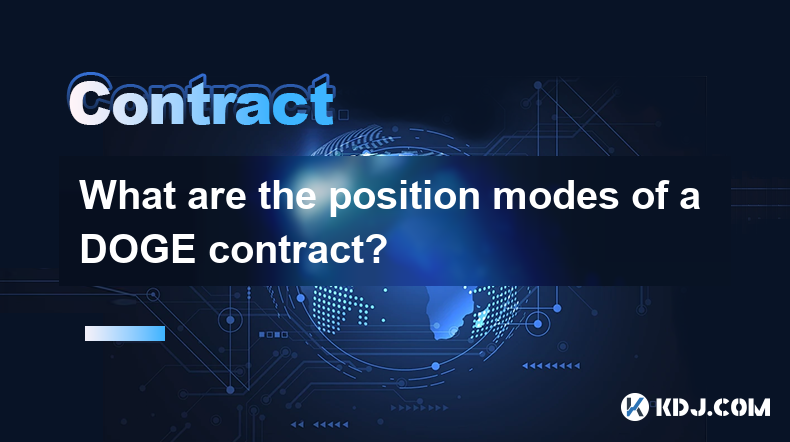
Key Points:
- DOGE perpetual contracts offer several position modes, primarily long and short.
- Understanding margin, leverage, and liquidation is crucial for managing risk in these positions.
- Different exchanges may offer slightly varying features within these modes.
- Proper risk management is paramount to prevent significant losses.
What are the position modes of a DOGE contract?
Dogecoin (DOGE) perpetual contracts, offered by various cryptocurrency exchanges, allow traders to speculate on the price movements of DOGE without actually owning the underlying asset. These contracts operate using leverage, magnifying both profits and losses. The core position modes are straightforward: long and short.
Long Position:
A long position is a bet that the price of DOGE will rise. You "buy" a contract at the current market price, anticipating a future price increase. When you close the position (sell the contract), your profit or loss is determined by the difference between the entry and exit prices, multiplied by your leverage. The higher the leverage, the greater the potential profit or loss.
Short Position:
A short position is the opposite; it's a bet that the price of DOGE will fall. You "borrow" DOGE (conceptually) at the current price and immediately sell it, hoping to buy it back later at a lower price. The difference, multiplied by your leverage, determines your profit or loss when you close the position (buy back the DOGE). Like a long position, higher leverage magnifies both potential gains and losses.
Understanding Margin and Leverage:
Margin is the amount of cryptocurrency or fiat currency you deposit to secure your position. Leverage is a multiplier that increases your potential gains but also your potential losses. For example, 10x leverage means that a 1% price movement will result in a 10% change in your position's value.
- Margin Requirements: Exchanges set minimum margin requirements based on the contract's price and your leverage. Failing to maintain sufficient margin can lead to liquidation.
- Leverage Levels: Different exchanges offer various leverage levels. Higher leverage offers greater potential returns but significantly increases risk. Choosing appropriate leverage is critical for risk management.
- Liquidation: If your position's losses reach a certain point (determined by the margin requirements and leverage), the exchange will automatically close your position to prevent further losses. This is called liquidation.
Position Management Strategies:
Effective position management involves careful consideration of risk tolerance and market conditions.
- Stop-Loss Orders: These orders automatically close your position if the price moves against you by a predetermined amount, limiting potential losses.
- Take-Profit Orders: These orders automatically close your position when the price reaches a target level, securing your profits.
- Position Sizing: Determining the appropriate amount to invest in a single trade is crucial. Overleveraging can lead to rapid liquidation.
Different Exchanges, Different Features:
While the core concepts remain consistent across exchanges, subtle differences exist. Some exchanges may offer additional features, such as:
- Cross Margin vs. Isolated Margin: Cross margin allows you to use the margin from multiple positions, while isolated margin keeps each position's margin separate.
- Funding Rates: Perpetual contracts often have funding rates, which are periodic payments made between long and short traders to maintain the contract price close to the spot price of DOGE.
- Order Types: Beyond simple market orders, exchanges typically offer limit orders, stop-limit orders, and other advanced order types to manage positions more precisely.
Common Questions:
Q: What happens if my DOGE contract is liquidated?
A: Liquidation means your position is automatically closed by the exchange due to insufficient margin. You will lose the initial margin you deposited, and potentially additional funds if you are using cross margin.
Q: How can I reduce the risk of liquidation?
A: Use lower leverage, implement stop-loss orders, and carefully manage your position size relative to your overall portfolio. Thoroughly understand margin requirements and funding rates.
Q: What are the fees involved in trading DOGE perpetual contracts?
A: Fees vary depending on the exchange, but typically include trading fees (per trade) and potentially funding fees (periodic payments on perpetual contracts). Check the fee schedule of your chosen exchange.
Q: Are DOGE perpetual contracts suitable for all traders?
A: No, trading perpetual contracts involves significant risk due to the use of leverage. They are generally not suitable for inexperienced traders or those with low risk tolerance. Only invest what you can afford to lose.
Q: Where can I trade DOGE perpetual contracts?
A: Many cryptocurrency exchanges offer DOGE perpetual contracts. However, it's important to choose a reputable and regulated exchange. Always research and compare different platforms before choosing one.
Disclaimer:info@kdj.com
The information provided is not trading advice. kdj.com does not assume any responsibility for any investments made based on the information provided in this article. Cryptocurrencies are highly volatile and it is highly recommended that you invest with caution after thorough research!
If you believe that the content used on this website infringes your copyright, please contact us immediately (info@kdj.com) and we will delete it promptly.
- Builder: Stu
- 2025-04-04 03:25:12
- PayPal Adds Solana (SOL) and Chainlink (LINK) to Its Supported Cryptocurrencies
- 2025-04-04 03:25:12
- Recent Price Action Shows Signs of Recovery
- 2025-04-04 03:20:12
- Standard Chartered (AVAX)
- 2025-04-04 03:20:12
- WisdomTree Expands Its Institutional Tokenization Platform to 13 Funds
- 2025-04-04 03:15:12
- PEPE hopped its way to a $3.8M market cap, but its reign as a meme coin darling is fading. Enter InfluencerPepe (INPEPE)
- 2025-04-04 03:15:12
Related knowledge
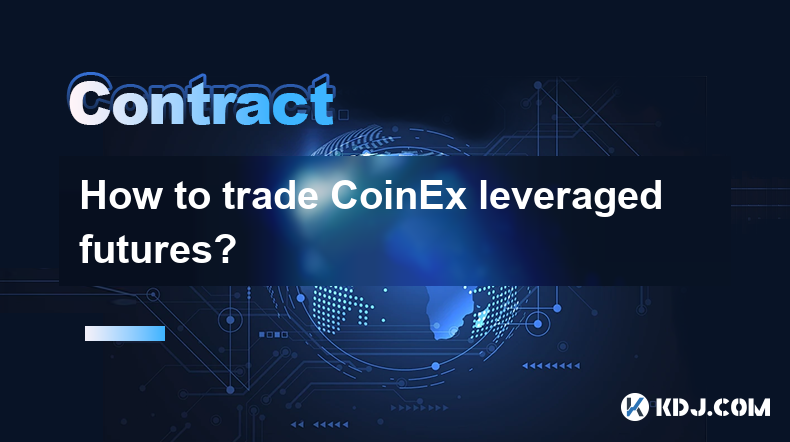
How to trade CoinEx leveraged futures?
Apr 03,2025 at 03:56am
Trading leveraged futures on CoinEx can be an exciting way to potentially amplify your profits in the cryptocurrency market. Leveraged futures allow traders to borrow funds to increase their trading position, which can lead to higher returns, but also comes with increased risk. In this article, we will guide you through the process of trading CoinEx lev...
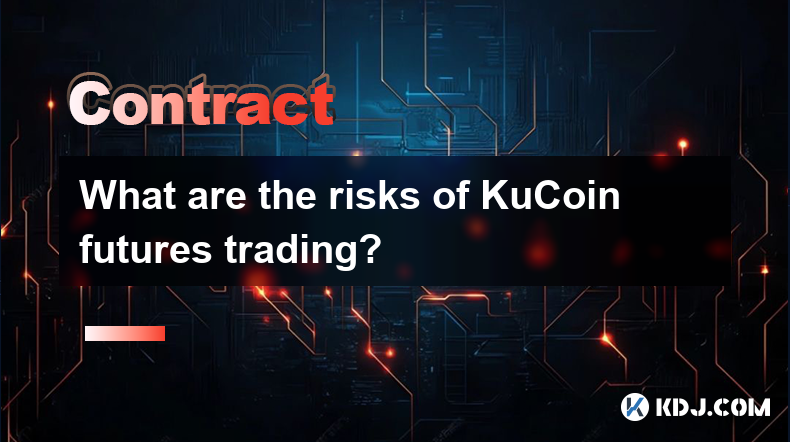
What are the risks of KuCoin futures trading?
Apr 03,2025 at 01:14am
KuCoin futures trading offers traders the opportunity to speculate on the future price of cryptocurrencies, but it comes with its own set of risks that traders need to be aware of. Understanding these risks is crucial for anyone looking to engage in futures trading on the KuCoin platform. This article will delve into the various risks associated with Ku...
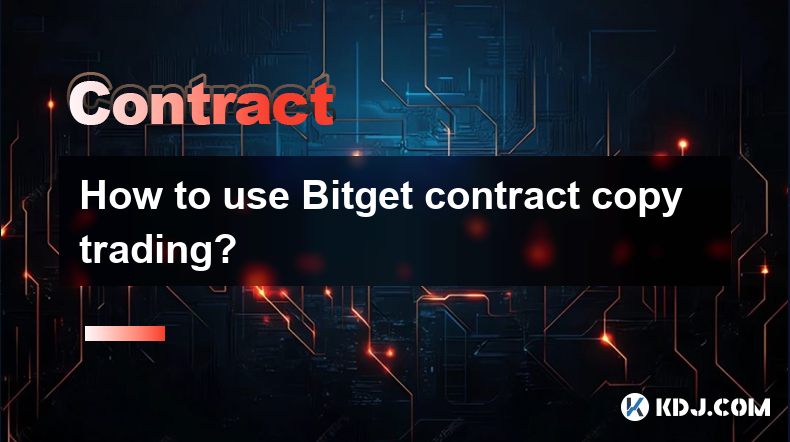
How to use Bitget contract copy trading?
Apr 03,2025 at 08:28am
Bitget's contract copy trading feature allows users to automatically replicate the trades of experienced traders, known as 'lead traders.' This can be a valuable tool for those looking to benefit from the expertise of others without having to spend time analyzing the market themselves. To start using this feature, you first need to understand how to sel...
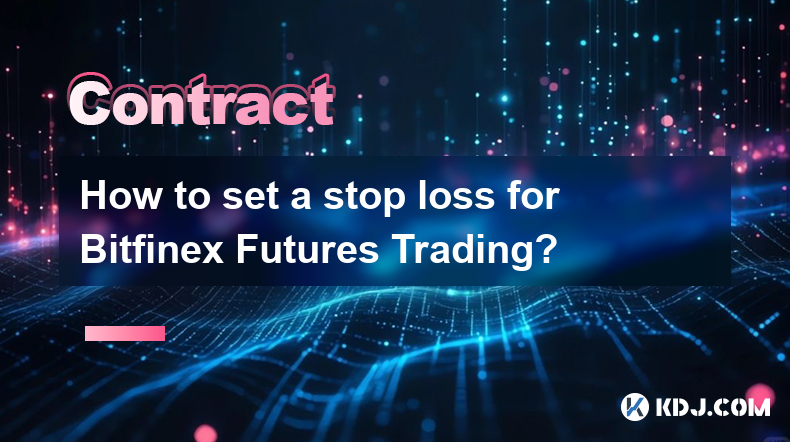
How to set a stop loss for Bitfinex Futures Trading?
Apr 03,2025 at 12:35pm
Setting a stop loss for Bitfinex Futures Trading is an essential risk management strategy that can help traders limit potential losses. A stop loss order is an instruction to sell a futures contract when it reaches a certain price, helping you to manage your exposure in volatile markets. To set a stop loss on Bitfinex, you need to navigate through the p...
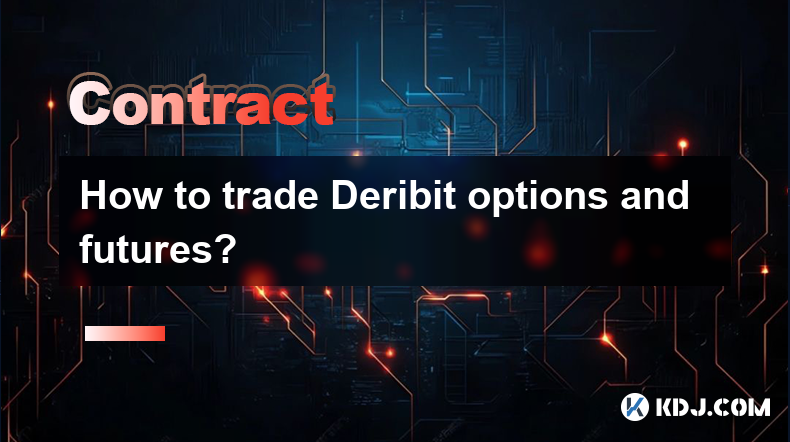
How to trade Deribit options and futures?
Apr 03,2025 at 02:00pm
Trading Deribit options and futures can be an exciting venture for those interested in the cryptocurrency market. Deribit, a leading platform for crypto derivatives, offers a variety of trading instruments including options and futures on Bitcoin and Ethereum. To successfully trade on Deribit, it's essential to understand the basics of these financial i...
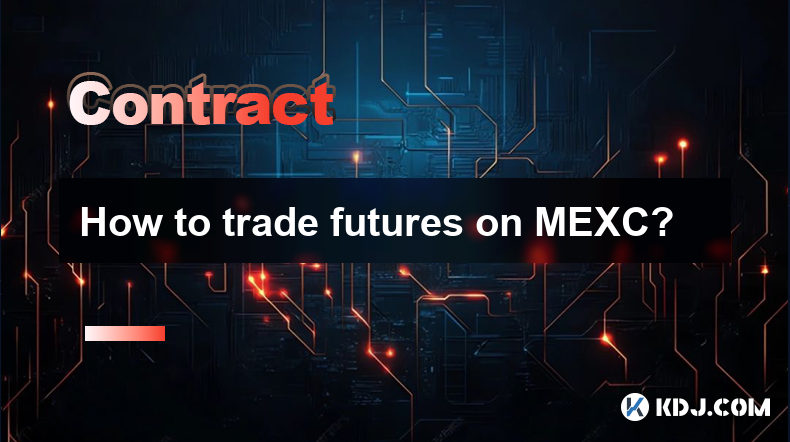
How to trade futures on MEXC?
Apr 03,2025 at 09:14pm
Trading futures on MEXC can be an exciting and potentially profitable venture for those interested in the cryptocurrency market. MEXC, a leading cryptocurrency exchange, offers a variety of futures contracts that allow traders to speculate on the future price movements of various cryptocurrencies. To successfully trade futures on MEXC, it's essential to...

How to trade CoinEx leveraged futures?
Apr 03,2025 at 03:56am
Trading leveraged futures on CoinEx can be an exciting way to potentially amplify your profits in the cryptocurrency market. Leveraged futures allow traders to borrow funds to increase their trading position, which can lead to higher returns, but also comes with increased risk. In this article, we will guide you through the process of trading CoinEx lev...

What are the risks of KuCoin futures trading?
Apr 03,2025 at 01:14am
KuCoin futures trading offers traders the opportunity to speculate on the future price of cryptocurrencies, but it comes with its own set of risks that traders need to be aware of. Understanding these risks is crucial for anyone looking to engage in futures trading on the KuCoin platform. This article will delve into the various risks associated with Ku...

How to use Bitget contract copy trading?
Apr 03,2025 at 08:28am
Bitget's contract copy trading feature allows users to automatically replicate the trades of experienced traders, known as 'lead traders.' This can be a valuable tool for those looking to benefit from the expertise of others without having to spend time analyzing the market themselves. To start using this feature, you first need to understand how to sel...

How to set a stop loss for Bitfinex Futures Trading?
Apr 03,2025 at 12:35pm
Setting a stop loss for Bitfinex Futures Trading is an essential risk management strategy that can help traders limit potential losses. A stop loss order is an instruction to sell a futures contract when it reaches a certain price, helping you to manage your exposure in volatile markets. To set a stop loss on Bitfinex, you need to navigate through the p...

How to trade Deribit options and futures?
Apr 03,2025 at 02:00pm
Trading Deribit options and futures can be an exciting venture for those interested in the cryptocurrency market. Deribit, a leading platform for crypto derivatives, offers a variety of trading instruments including options and futures on Bitcoin and Ethereum. To successfully trade on Deribit, it's essential to understand the basics of these financial i...

How to trade futures on MEXC?
Apr 03,2025 at 09:14pm
Trading futures on MEXC can be an exciting and potentially profitable venture for those interested in the cryptocurrency market. MEXC, a leading cryptocurrency exchange, offers a variety of futures contracts that allow traders to speculate on the future price movements of various cryptocurrencies. To successfully trade futures on MEXC, it's essential to...
See all articles






















































































